Official tour guides
Alberto Rubio Malpartida
License Number: GA-2752. Enabled to guide in Spanish and English
- Plan your Trip
- Alberto Rubio Malpartida
Official tour guides
Alberto Rubio Malpartida
Location and Contact:
- Tel.:677329769
- Email: info@monfraguetreasures.com
- Website address: https://monfraguetreasures.com
-
License Number: GA-2752. Enabled to guide in Spanish and English
Professionals who, with the due official authorisation, provide cultural, artistic, historical and geographical information to tourists who contract them for the purpose in the territory of Extremadura.
-
Theme:
- Companies
More suggestions
-
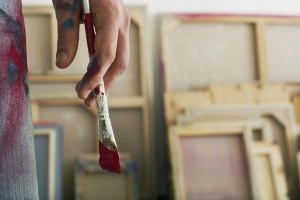
Ethnographic Museum
At the Serradilla Ethnographic Museum you can visit a realistic and traditional space dedicated to the past lifestyle and the culture of the town.
-
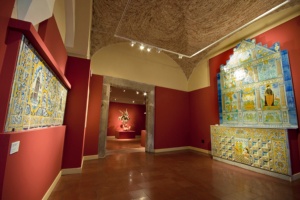
Plasencia Cathedral Museum
The quiet cloister of the cathedral houses some of the most important works in this museum
-
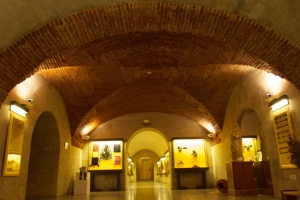
Pérez Enciso Ethnographic Textile Museum
This was the first monographic museum dedicated to the popular culture of Cáceres
-
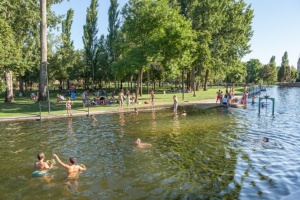
La Isla
As the Jerte river passes through Plasencia, it creates the well-known Isla (island) - the largest park in this Cáceres city.
-

Parish Church of San Miguel
An impressive architectural monument which is home to artistic jewels such as altarpieces and oil paintings.
-

Monastery of Cristo de la Victoria
This building was founded as a hospital and converted into a convent in the 17th century. Today it houses a great art collection. as well as the image of the Cristo de Victoria.
-
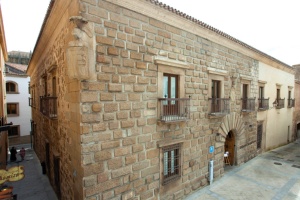
Hotel Palacio Carvajal Girón
Spend the night of your dreams in this 16th century Renaissance palace converted into a hotel. Discover its sombre and elegant architecture together with interiors of another era.
-
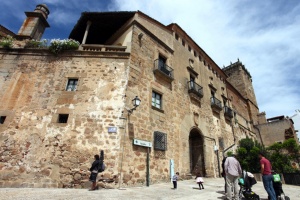
Mirabel Palace
Mirabel Palace, in Plasencia, is one of the most important buildings in the city.
-
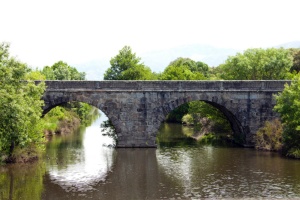
Cáparra Roman bridge
Cáparra Roman bridge is in perfect condition because it has been remodelled many times over the centuries.
-
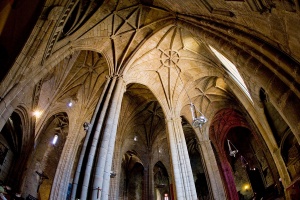
Galisteo Mudéjar Apse
This construction is remarkable in that it reveals the first strokes of the Gothic style which would mark the rest of Europe.
